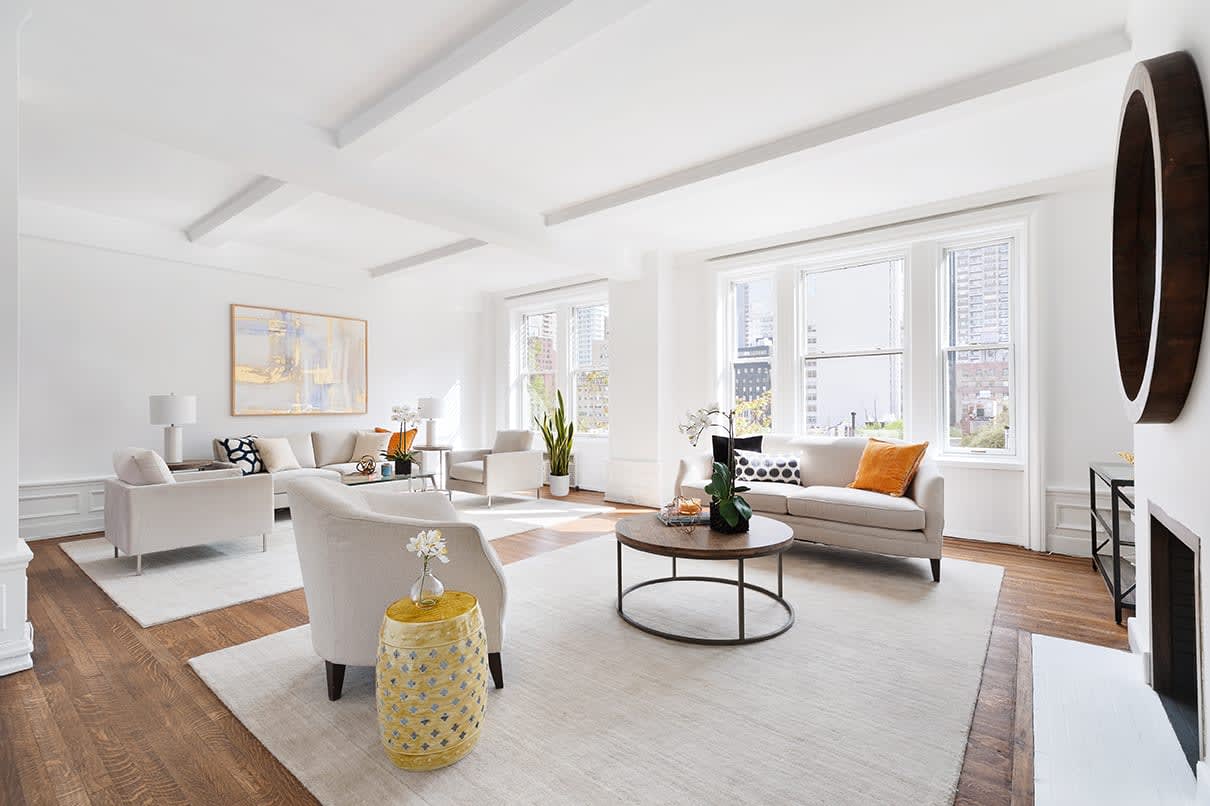The past decade has been a period of rapid evolution in the real estate sector. As the fabric of society alters, intertwined with technological advancements and changing lifestyles, modern homebuyers have begun to seek distinctly different features in their dream homes than those of earlier generations.
1. Energy Efficiency: With climate change conversations taking center stage globally, sustainability has become more than just a buzzword—it's a lifestyle. This shift in global consciousness has translated into the real estate industry in the form of green homes.
Today's environmentally conscious buyer is hunting for properties that resonate with their values. This includes homes equipped with energy-saving appliances that reduce electricity consumption, solar panels that diminish reliance on non-renewable energy sources, and sustainable building materials that don't deplete the Earth's natural resources. Beyond the ethical reasons, there's also an economic incentive. Homes that are energy-efficient typically come with significantly reduced utility bills, making them cost-effective in the long run.
2. Smart Homes: The smart tech revolution has permeated our lives in more ways than we can count. From phones to watches and now our homes, the demand for interconnectedness is palpable. Modern houses are no longer just four walls and a roof—they are integrated systems designed to enhance the living experience.
Automated lighting systems that adjust according to natural light, smart thermostats that learn and adapt to your preferences, advanced security systems that can be monitored remotely—these are not just luxury features anymore. For the modern buyer, they are essentials that offer a blend of convenience, safety, and luxury.
3. Home Offices: The global pandemic altered the work culture irrevocably, making remote work or hybrid models the new normal. This transformation emphasized the necessity of a dedicated workspace within homes.
No longer just an afterthought or a makeshift setup, home offices have become central to house designs. Properties that feature specialized office areas, or at least adaptable spaces that can be converted into work zones, are witnessing higher demand. A quiet, ergonomically designed space can immensely boost productivity and work-life balance, making it a top feature on the modern homebuyer's checklist.
4. Outdoor Spaces: The accelerated pace of urbanization and the ensuing hustle and bustle of city life have amplified the importance of personal green spaces. Outdoor spaces, whether a sprawling garden in suburban homes or a cozy balcony in city apartments, have become sanctuaries of peace and tranquility.
Beyond the aesthetic appeal, these spaces offer a direct connection to nature, proving essential for mental well-being. A well-maintained garden or even a small balcony garden can be a focal selling point, signaling to potential buyers a haven where they can relax, entertain, or simply breathe.
5. Open Floor Plans: The contemporary lifestyle demands versatility, and this is reflected in the architectural preferences of today's buyers. Open floor plans, characterized by large, uninterrupted spaces, have emerged as favorites.
Gone are the days when every room was compartmentalized. The modern homeowner seeks spaces that flow seamlessly into one another, offering flexibility. Whether it's hosting parties, watching over kids while cooking, or simply the feeling of spaciousness, open floor designs cater to various needs.
The features homebuyers seek today are reflections of broader societal shifts, technological advancements, and evolving lifestyles. For realtors and sellers, understanding these nuances is crucial. It not only aids in marketing properties effectively but also ensures homes meet the needs and desires of the contemporary buyer. As the adage goes, "Change is the only constant." The real estate market is no exception, and those who adapt thrive.

